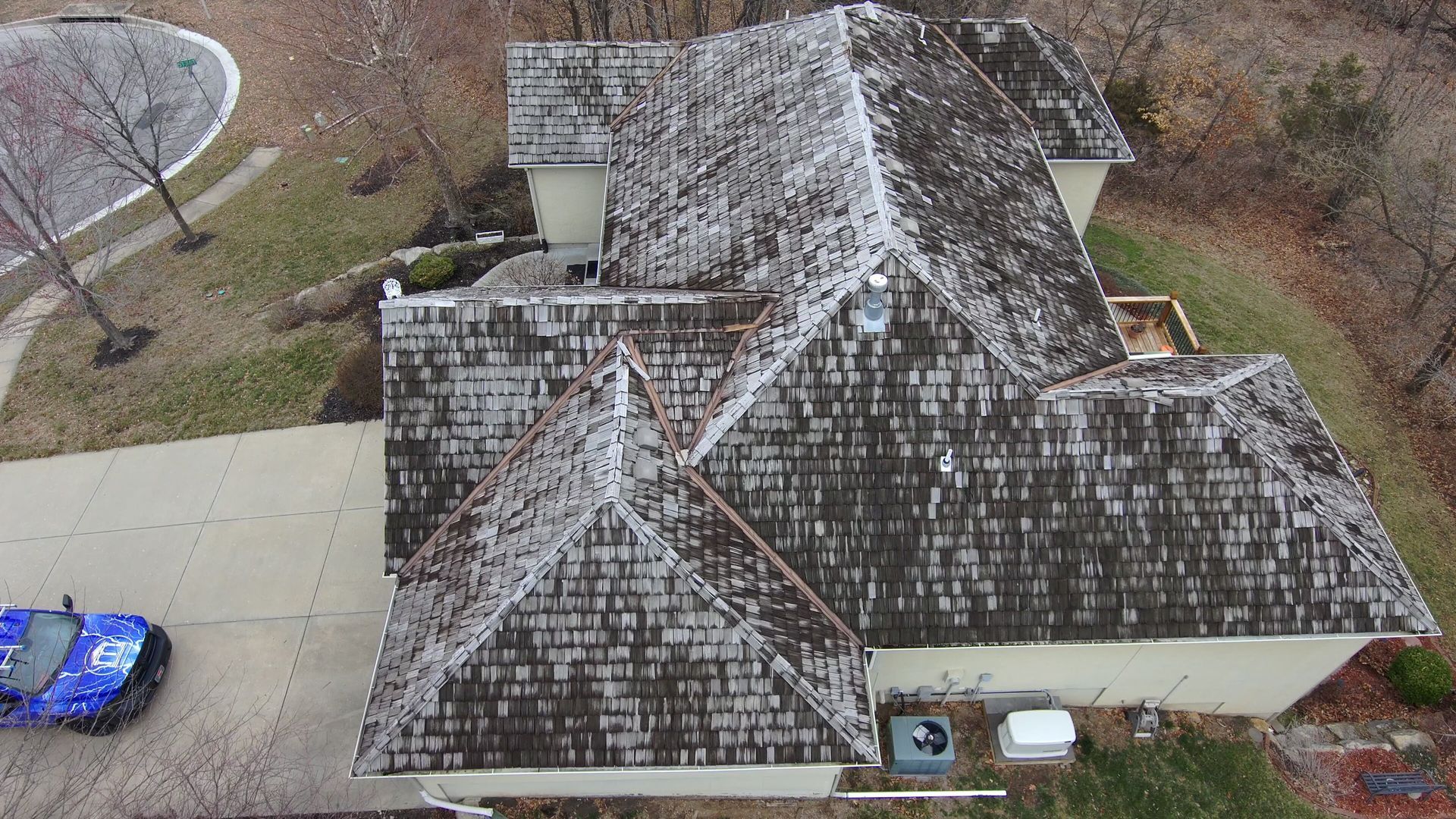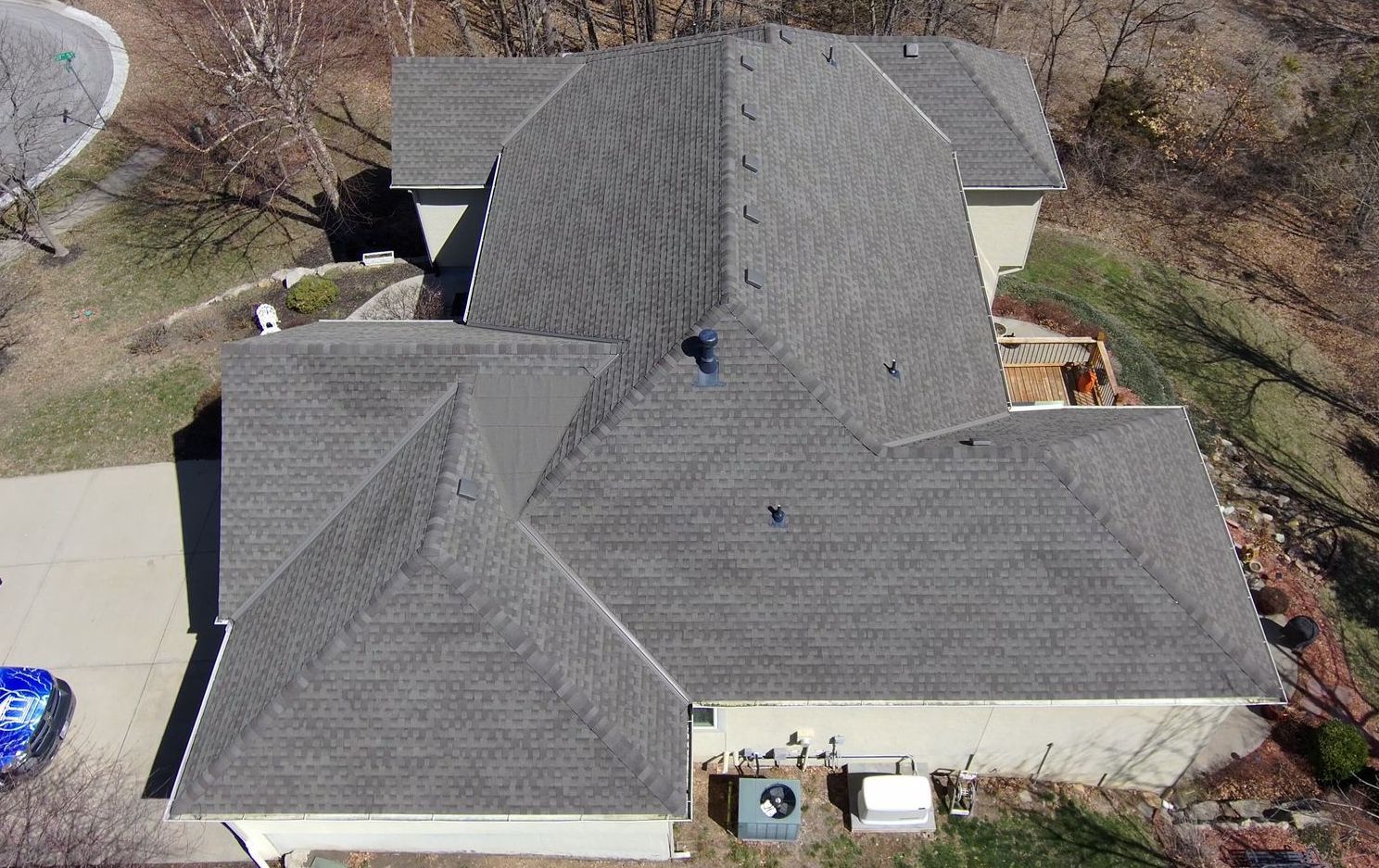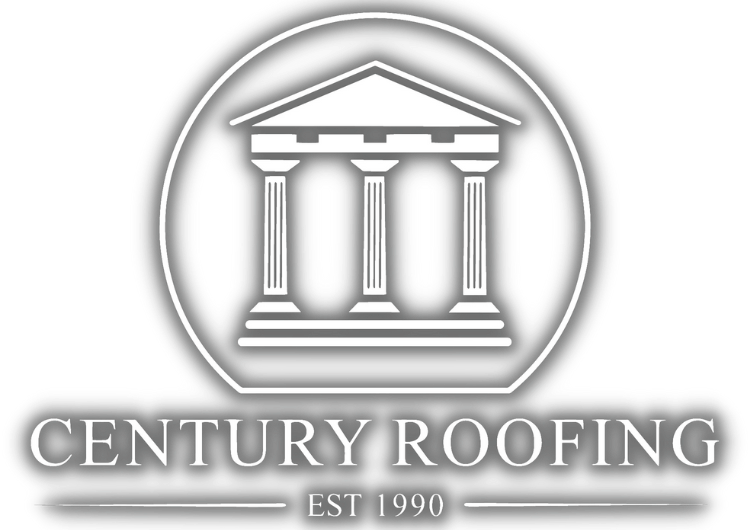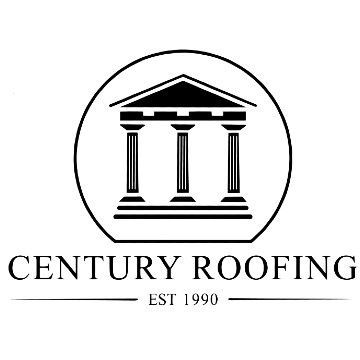Roof Replacement Services by Century Roofing
Get A Free Estimate
Fill out our form below and our helpful Century Roofing staff will be in touch.
Residential Roofing
We will get back to you as soon as possible.
Please try again later.
Protect What Matters Most—Your Home Starts With a Strong Roof
Protecting your family & Investment!
A failing roof is more than a cosmetic issue. It's a structural liability, a moisture magnet, and a ticking time bomb for your home’s energy efficiency, insulation, and resale value. If your roof is over 15-20 years old—or if you're dealing with recurring leaks, granule loss, or storm damage—roof repair may no longer be a responsible choice. It may be time for full replacement.
At
Century Roofing, we specialize in professional, high-quality roof replacement services tailored for homeowners who demand long-term protection, curb appeal, and peace of mind. Whether your roof has reached the end of its life or you’re looking to upgrade to a more durable or energy-efficient system, our team of factory-trained and certified installers is ready to deliver. With more than 30 years in the Kansas City metro and over 30,000 roof systems completed, our reputation is built on transparency, precision, and performance.


How to Know If You Need a Roof Replacement
1. Age of Roof System
The lifespan of an asphalt shingle roof typically falls between 15 to 25 years, depending on the quality of the materials used, installation practices, and exposure to local weather conditions. In Kansas City, where roofing systems are regularly tested by everything from hailstorms to high humidity and temperature swings, even well-maintained roofs may begin to degrade earlier than expected. If your roof is approaching—or has surpassed—the 20-year mark, it's critical to evaluate whether continued repairs are worth the cost. Older roofs not only become less reliable, but they also lack many of the modern advancements in weather resistance, ventilation, and energy efficiency.
2. Visible Signs That Your Roof Is Deteriorating
You don’t need to be a contractor to spot the early signs of roof failure. In fact, many of the most telling indicators are visible from the ground. Shingles that appear curled, cracked, or completely missing from sections of your roof are often early warnings that the materials have broken down due to sun exposure, thermal expansion, or moisture infiltration.
Bald spots—areas where protective granules have eroded—leave your roof vulnerable to UV degradation and water intrusion. A sagging roofline or visible dips often point to rotting decking beneath the shingles, a structural problem that’s far more serious than just cosmetic damage. These aren’t just aesthetic issues; they’re red flags that your roofing system is no longer performing its core function—keeping water out and heat in.
3. Interior Warning Signs You Can’t Afford to Ignore
While exterior wear and tear is easier to notice, some of the most damaging roof failures show up inside your home. Water stains on ceilings or bubbling drywall are immediate red alerts that water is penetrating your roofing system—and likely doing damage to insulation, electrical, and even structural elements.
If you’re seeing mold or mildew forming in your attic insulation or along rafters, it could be the result of moisture accumulation from slow leaks or improper ventilation—both of which are common in aging or poorly installed roofs.
4. Storm and Hail Damage Is Often Invisible—But Still Destructive
Living in the Midwest means dealing with unpredictable weather, and Kansas City homeowners are no strangers to hail, high winds, and ice storms. Even if your roof looks fine from the street after a major weather event, the reality is that many forms of storm damage—like microfractures, bruised shingles, and lifted flashing—can remain hidden until they cause major leaks or structural problems.
Hail impact can crack the protective layer of shingles, leading to premature aging and moisture entry points. Wind can loosen or tear shingles without fully detaching them, making your roof vulnerable to the next storm. Ice dams, particularly in winter, trap water behind blockages that can force it underneath your shingles and into the structure of your home.
The True Cost of Delaying Roof Replacement
maintaining your most important Investment!
Too many homeowners wait until a leak becomes a flood. Here’s what that delay can cost:
- Rotten decking and structural damage
- Attic mold remediation costs
- Destroyed insulation and rising energy bills
- Insurance claim denials due to neglect
- Decreased home resale value
Still have questions?
Check out our full List of Roofing FAQ's!
Roof Replacement Services by Century Roofing
Get A Free Estimate
Fill out our form below and our helpful Century Roofing staff will be in touch.
Residential Roofing
We will get back to you as soon as possible.
Please try again later.
Protect What Matters Most—Your Home Starts With a Strong Roof
Protecting your family & Investment!
A failing roof is more than a cosmetic issue. It's a structural liability, a moisture magnet, and a ticking time bomb for your home’s energy efficiency, insulation, and resale value. If your roof is over 15-20 years old—or if you're dealing with recurring leaks, granule loss, or storm damage—roof repair may no longer be a responsible choice. It may be time for full replacement.
At
Century Roofing, we specialize in professional, high-quality roof replacement services tailored for homeowners who demand long-term protection, curb appeal, and peace of mind. Whether your roof has reached the end of its life or you’re looking to upgrade to a more durable or energy-efficient system, our team of factory-trained and certified installers is ready to deliver. With more than 30 years in the Kansas City metro and over 30,000 roof systems completed, our reputation is built on transparency, precision, and performance.


How to Know If You Need a Roof Replacement
1. Age of Roof System
The lifespan of an asphalt shingle roof typically falls between 15 to 25 years, depending on the quality of the materials used, installation practices, and exposure to local weather conditions. In Kansas City, where roofing systems are regularly tested by everything from hailstorms to high humidity and temperature swings, even well-maintained roofs may begin to degrade earlier than expected. If your roof is approaching—or has surpassed—the 20-year mark, it's critical to evaluate whether continued repairs are worth the cost. Older roofs not only become less reliable, but they also lack many of the modern advancements in weather resistance, ventilation, and energy efficiency.
2. Visible Signs That Your Roof Is Deteriorating
You don’t need to be a contractor to spot the early signs of roof failure. In fact, many of the most telling indicators are visible from the ground. Shingles that appear curled, cracked, or completely missing from sections of your roof are often early warnings that the materials have broken down due to sun exposure, thermal expansion, or moisture infiltration.
Bald spots—areas where protective granules have eroded—leave your roof vulnerable to UV degradation and water intrusion. A sagging roofline or visible dips often point to rotting decking beneath the shingles, a structural problem that’s far more serious than just cosmetic damage. These aren’t just aesthetic issues; they’re red flags that your roofing system is no longer performing its core function—keeping water out and heat in.
3. Interior Warning Signs You Can’t Afford to Ignore
While exterior wear and tear is easier to notice, some of the most damaging roof failures show up inside your home. Water stains on ceilings or bubbling drywall are immediate red alerts that water is penetrating your roofing system—and likely doing damage to insulation, electrical, and even structural elements. If you’re seeing mold or mildew forming in your attic insulation or along rafters, it could be the result of moisture accumulation from slow leaks or improper ventilation—both of which are common in aging or poorly installed roofs.
4. Storm and Hail Damage Is Often Invisible—But Still Destructive
Living in the Midwest means dealing with unpredictable weather, and Kansas City homeowners are no strangers to hail, high winds, and ice storms. Even if your roof looks fine from the street after a major weather event, the reality is that many forms of storm damage—like microfractures, bruised shingles, and lifted flashing—can remain hidden until they cause major leaks or structural problems.
Hail impact can crack the protective layer of shingles, leading to premature aging and moisture entry points. Wind can loosen or tear shingles without fully detaching them, making your roof vulnerable to the next storm. Ice dams, particularly in winter, trap water behind blockages that can force it underneath your shingles and into the structure of your home.
The True Cost of Delaying Roof Replacement
maintaining your most important Investment!
Too many homeowners wait until a leak becomes a flood. Here’s what that delay can cost:
- Rotten decking and structural damage
- Attic mold remediation costs
- Destroyed insulation and rising energy bills
- Insurance claim denials due to neglect
- Decreased home resale value







